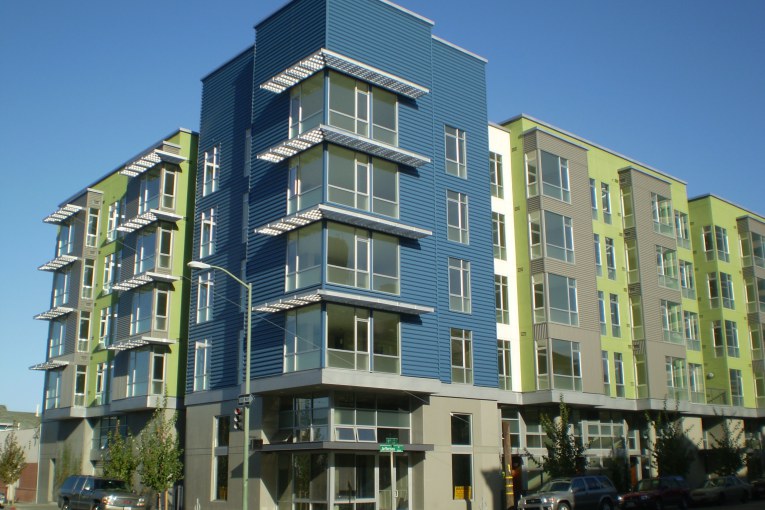
 by Paul L. Johnson
by Paul L. Johnson
The biggest factor that anyone should take into account regarding how to vote on Measure A next week is the housing situation in Davis, which really is a silent and slow-moving disaster. I served on the UC Davis Family Housing Redevelopment Committee, which was tasked with making recommendations regarding how to redevelop the Orchard Park apartment complex.
As part of the research that our committee did, I learned the truly dismaying fact behind why rental prices are so high, even by California standards, and rising every year: According to the most recent annual survey by BAE Urban Economics (2015, seehttp://housing.ucdavis.edu/_pdf/vacancy_report/2015-vacancy-report.pdf, p. 3), the apartment vacancy rate in Davis is 0.2 percent.
That’s point 2 percent, not 2 percent.
The vacancy rate is declining every year, too, from 1.9 percent in 2013 to 0.3 percent in 2014 to 0.2 percent in 2015 (BAE 2015, p. 3). With the city’s resident population growing every year and UC Davis’ enrollment increasing every year, supply and demand have a very big problem here.
Please vote yes on Measure A to increase the supply of rental housing in Davis, as a necessary step toward eventually alleviating the tremendous burden that all students, including those with families such as myself, face in the form of sky-high rental rates that leave many dependent on social welfare or skipping meals in order to get by.
Good article that makes an important point.
I think the No people should try to find a place to rent in the city, right now. Just to see how difficult it is.
Oh just shush. There is hardly a single large apartment complex in town that doesn’t have “For lease” signs on them. Just drive up H St and/or F and count how many you see.
Simple answer, it’s June. That’s when many students move away. Try finding such signs on October 1.
I ride my bike year round around town. The vacancy signs are always there. You Yes folks just like pulling stuff out of your a$$es.
Sorry, please explain what you think is factually incorrect. The 0.2% apartment vacancy rate from the 2015 Vacancy and Rental Rate Survey? It’s right here: http://housing.ucdavis.edu/vacancy-report/
Odin – Sounds like good news for you . If Yes on A succeeds, you’ll have plenty of choices of new places to live so that you can get away from all the traffic concerns that you believe Nishi is going to cause on Olive Drive.
I do think that this raises a legitimate question. When and how is that 0.2% number derived and is it significantly different at different times of the year. For example, if there is a 3 % availability rate now in June, but a 0.2% availability rate in the fall and only one of the two gets listed, is this an accurate reflection of availability in Davis ? I would welcome clarification from anyone who knows how this number is derived and how often it is updated.
They conduct the survey in October and November, with followup to non responsive property owners in November and December.
The survey is done annually.
Peak occupancy is the only measure that makes sense. It’s like ridership on a train — you need to know your peak occupancy, not your average, so you have enough seats on the train. I am sure the June actual occupancy rate is quite high right now, right before all the student move away for summer. No one is looking for places, they are trying to scuttle their places so they aren’t on the hook for all the summer rent.
Alan wrote:
> Peak occupancy is the only measure that makes sense.
I wonder if Alan wants to increase the number of parking lots and bars in town so no one is looking for parking or waiting in like for a beer on Picnic Day (since “Peak occupancy is the only measure that makes sense”)…
He definitely wants more restrooms
Alan and Don
“Peak occupancy is the only measure that makes sense”
I see this a little differently. Certainly the peak occupancy is one important number to know. But it is not the only important number. If there is wide disparity between the peak and the nadir, this may have significant implications. What it certainly does is to allow people to use the most dire number to catastrophize about need. I would be interested to see the numbers broken down monthly, not as an argument against new housing which is clearly needed, but as one indicator over time of how much need is being generated by the university, and how much is city generated need.
The reason that I think that this is important is as a marker ( albeit imperfect) of how our non university need is being managed before we climb on the potential hamster wheel of “we need more jobs for our population” …..” we need more housing for our workers”….
Tia, the nature of leases makes a huge difference. If the lease is for a 12-month period, then once a unit is rented then it is out of circulation for the whole 12 months, so peak occupancy makes a lot of sense for them. Month-to-month leases are a different story. For them an average over the 12-month period makes more sense.
JMHO
You don’t sound like a Measure A supporter?